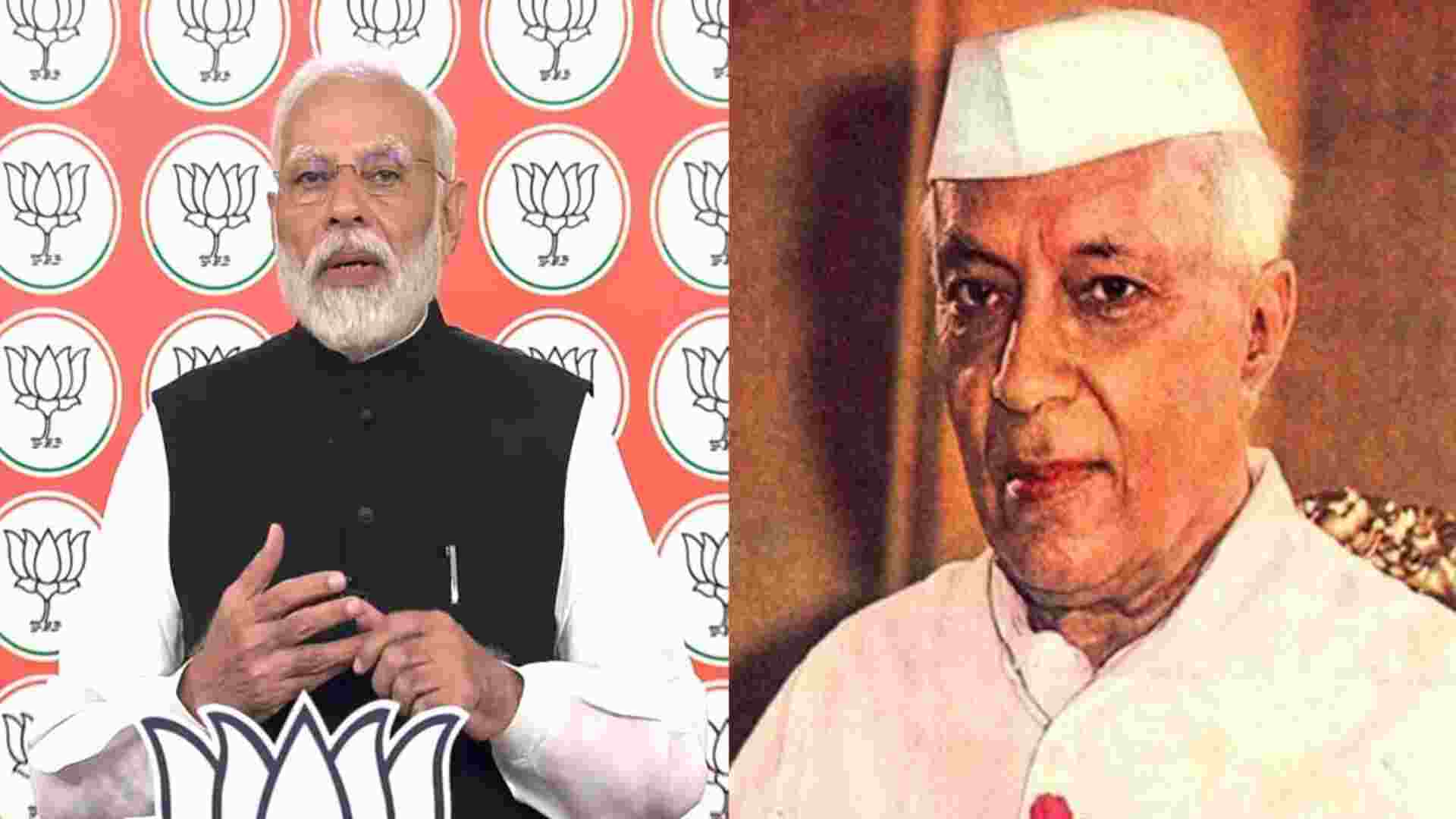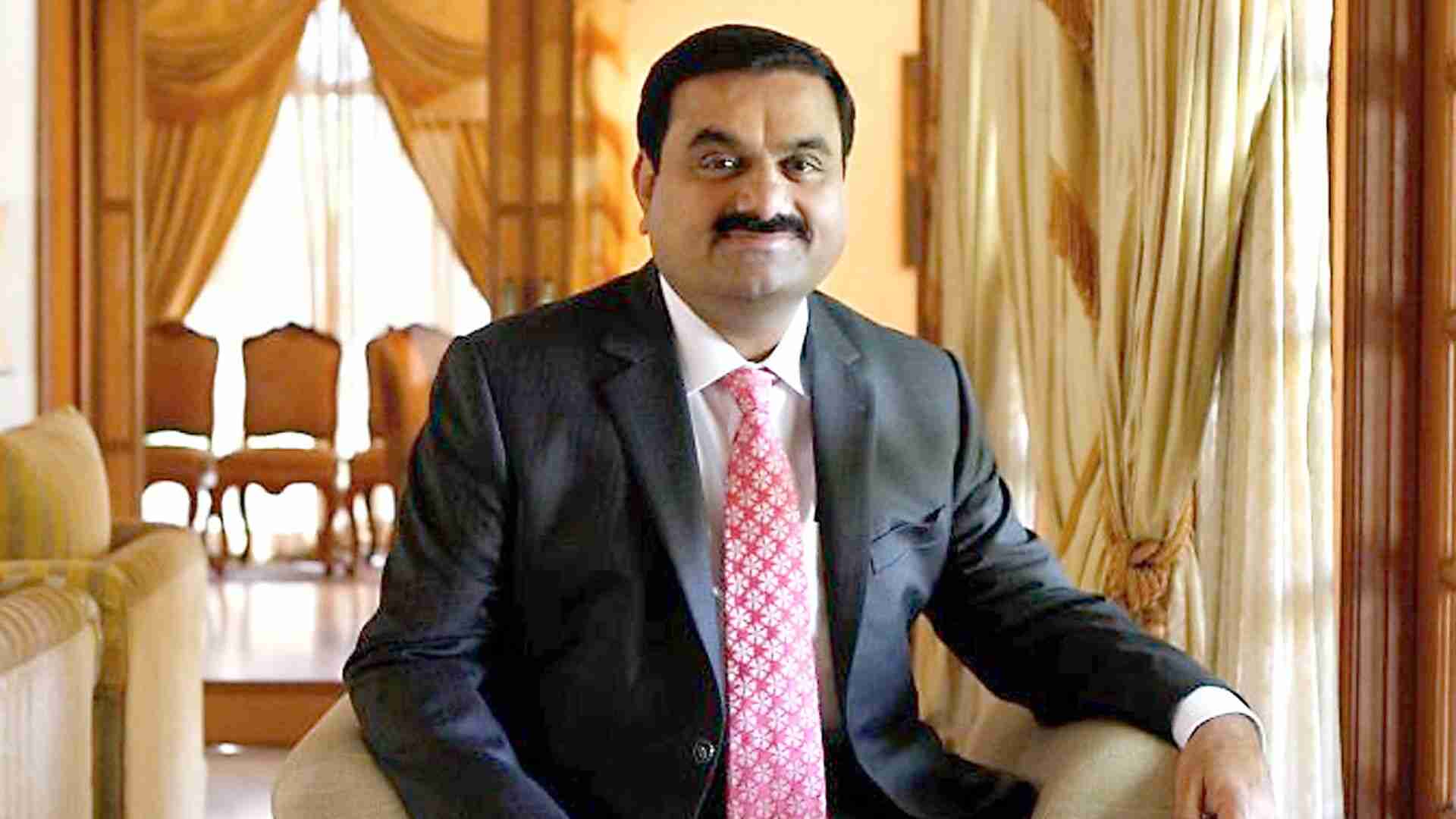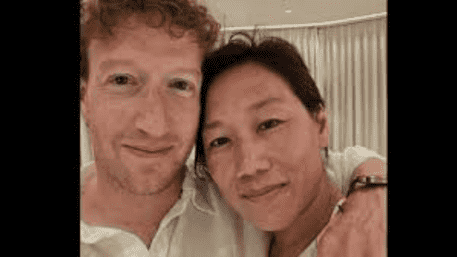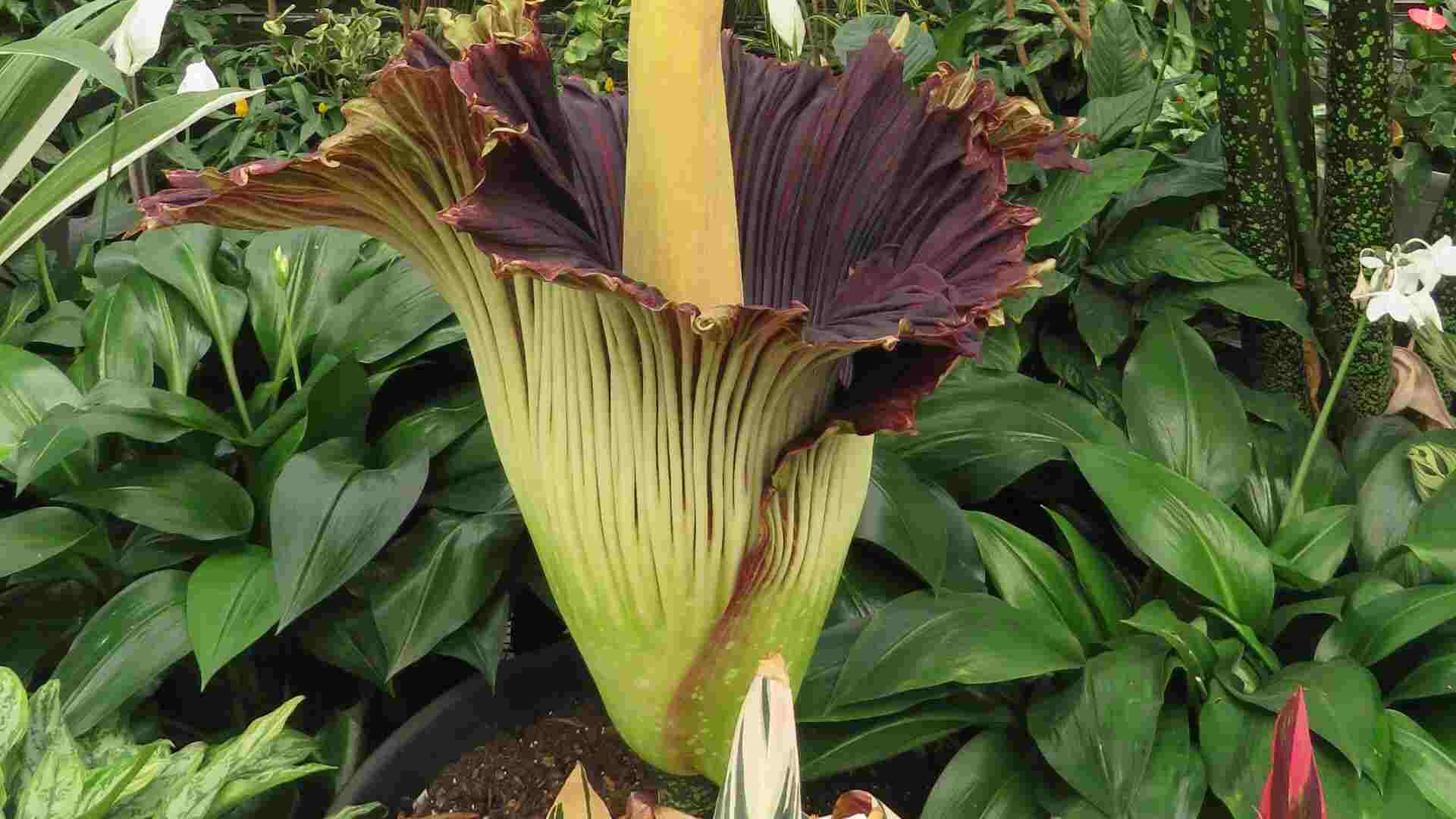
Meditation is the least of all practices. Real meditation is going from action to non-action—where you are not doing anything but everything is happening. During meditation, the waves of the mind—vrittis—slowly subside. It’s like when you switch off a fan, it takes time to stop. But you can also stop the fan by physically putting a stick between the running blades, with dangerous consequences.
Meditation takes you to a state of nothingness, and a shock also creates nothingness in the mind. But like the stick between the blades may get broken and also damage the blades of the fan, a shock, physical or emotional, is certain to scar the consciousness.
Though a shock can create a state of emptiness in the mind, it does not lead to the silencing of the vrittis. They start all over again, as if they had paused for a little while. What real meditation leads to is the realisation that all that is around us is unreal. There was a king who enjoyed learning about new things, and he would reward handsomely anyone who could make him exclaim in wonder – wow! But there was another risk. If he could not be amused, he would get that person punished. Many people came and went, and obviously, their tricks got exhausted and the king could catch them, so he started getting bored since people were getting afraid of being punished by him.
Ultimately, a man came and told the king, “I can hold my breath for a long time and I will not die. But you will have to give me your favourite horse in exchange for my trick. The king loved that horse and did not want to part with it. But because he was curious to know how this man would survive without air for a period of six months, he agreed. He got a huge pit dug in the middle of his court and got this man buried there. This man was performing a great yogic technique and needed to be awakened once the period of 6 months had passed. But the king loved his horse so much that he did not get this man brought out of his pit at the promised time.
Many years passed. Another king attacked the country and took over the king’s palace. He had no idea of the man buried in the pit. More years passed, and even this king and his descendants died.
About 1000 years have passed. Now there is a huge jungle there. Another king saw the ruins in the jungle and decided to build his palace at the very spot where the man was buried. While digging, the workers suddenly discovered this man in “deep meditation”. They informed the king, who came and had some rituals conducted to pray to him, assuming that he was a great saint. During the rituals, they sprinkled water on the person, who suddenly awoke from his stupor. The moment the man opened his eyes, he looked around, and his first words were, “Where is my horse?” This man had stopped all vrittis in his mind for thousands of years using a secret yogic technique.
To all external appearances, he was in deep meditation, but actually, he had just used this technique to put a kind of ‘pause button’ on his mind. Ultimately, after sitting for so many years, he had not really meditated. A mind can be totally still in two different ways. Firstly, we can use a physical technique to stop the mind. It’s like you have your fans and lights on in your house and go and switch off the mains. When you switch on the mains, the fans and lights come on once again, but if you had switched off every light and fan one by one, then even if the mains were on, there would be no electrical appliance drawing electricity. This is the second technique where we reach a point where there is no impulse left to create vrittis. This is what the result of real meditation is.
An external shock of a loss of something or someone makes you feel totally stunned for some time. It is called “Shmashaan Vairaagya”—people become philosophical and dispassionate when they see their near and dear ones die or depart. This kind of dispassion does not remain for too long. You may feel you are meditating, but it may just be a pause button that has been pressed. Certain yogic techniques can be used to turn off the mind. In life, in this very way, we cannot leave things. You sit for so-called meditation for 20 minutes, and when you get up, you are where you left off. In fact, after your whole life is over, when you die, you will still be running after your horse! Some wise sages have said that every poor man becomes rich in his next birth. This creation is yours. It is an expression of you. With your mind, you make up the entire universe. In your creation, it is your “horse.”
One of the quantum theories is called the many world theory. It suggests that our thoughts create infinite universes. Every thought has the potential to become reality. Your mind is illuminating the entire creation. The mind manifests its desires through vrittis. You are the creator of the whole universe. There is nothing other than you. This is real knowledge. When you come into real knowledge, then the mind is at peace. The waves of the mind subside and the whole creation dissolves.
Many ascetics use techniques of yoga and feel they have achieved a lot. But the moment they come into contact with the world, they are back to being worldly. Meditation has nothing to do with any techniques. It’s just sitting still, feeling rested and completely satisfied — I don’t need anything, I’m completely cared for.
Do not get involved in too many techniques and processes. Live a contented life. Take note that the higher your level of contentment, the fewer your desires. The fewer your desires, the less the restlessness in your mind. More peace within you, less restlessness!
Deepam Chatterjee, a retired Army Captain, has been a practitioner and teacher of various meditation traditions for 25 years.















